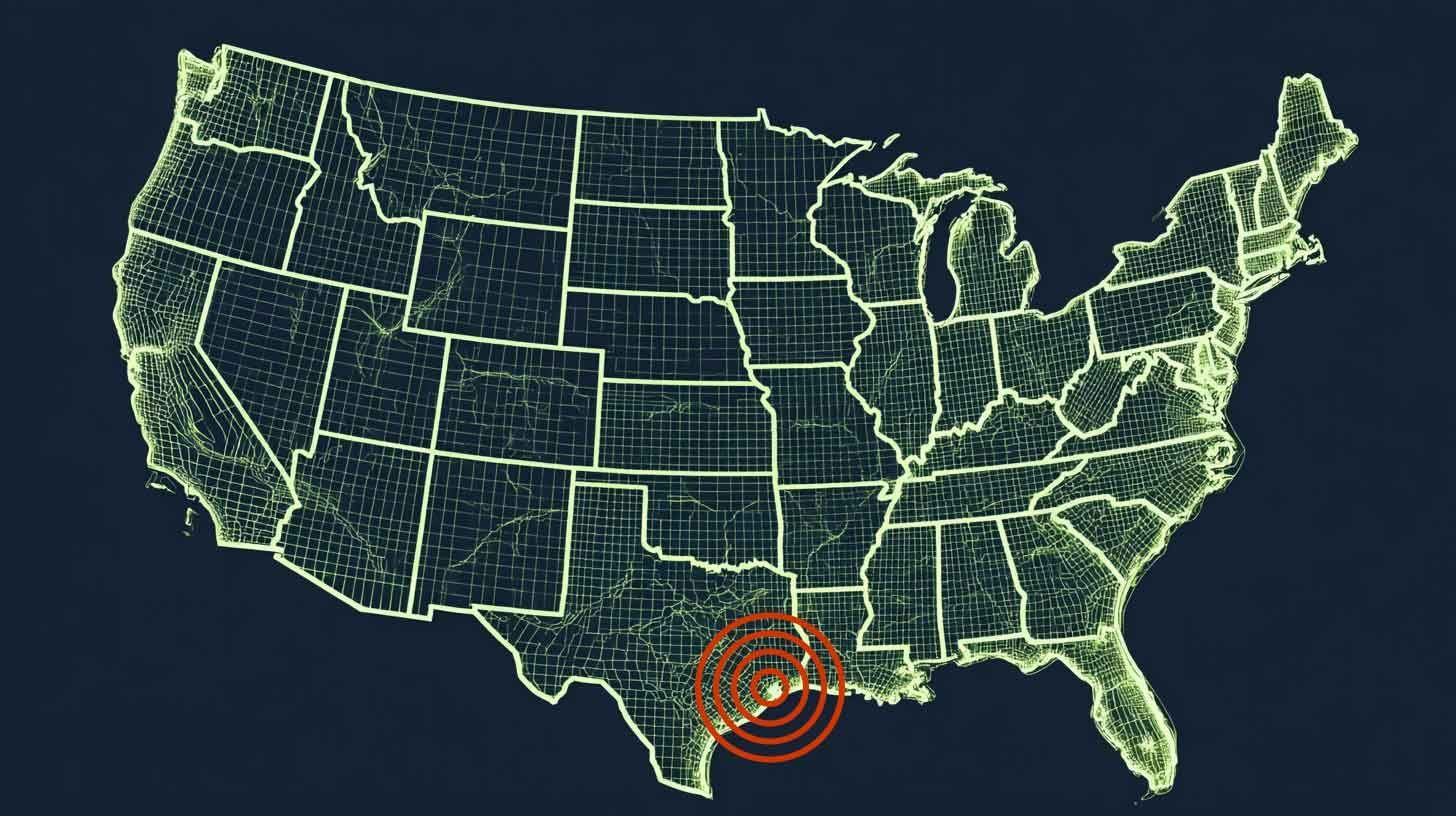How to Manage Risk Aversion in Industrial Marketing & Sales
Doug Mansfield • November 16, 2025
Risk aversion is a very real facet of industrial business marketing and sales strategies, and it is one of the key differences that sets industrial marketing apart from consumer strategies. If I were shopping for a new pair of running shoes, I might find Amazon reviews satisfactory for my research and make a buying decision within an hour. It doesn't work this way when you sell excavators or mechanical engineering services.

You'll never know how many potential sales opportunities were lost, not because your website or digital presence said something wrong, but because someone else did it better. Someone else created content, ads, or social media content that mitigated the perceived risk factor of doing business with their company.
For decision-makers in the industrial sector, trust and risk mitigation trump price in terms of influence. Buyers are risk-averse, unwilling to tie their personal reputation and put themselves at risk by making the wrong choice.
Let's take for example the wealth of business opportunities created by an oil and gas plant turnaround. This single project opens up many opportunities for sub-contractors, service providers, and suppliers. However, turnarounds are risky projects. Delays and mistakes can be measured in millions of dollars. When prime contractors look for suitable service and product suppliers, they are putting their own reputation on the line. Cheap and fast still matter in some cases, but generally speaking, trust is a prerequisite to even winning the opportunity to make an offer, to respond to an RFP, or, better yet, an RFQ.
Let's look at an organized approach with actionable steps that your industrial services or products company can take to pass the test of trust and win the chance to sell. For this, we will turn to the FADA Marketing Framework, a proprietary strategy developed by Mansfield Marketing. Already a proven and logical process for industrial and B2B marketing, let's adapt it to address the trust factor specifically.
Foundation: Building Your Bedrock on Trust
The Foundation component defines who you are and what you do; it is your digital presence across your website, social media, and business listings. For industrial businesses, a strong Foundation is your primary tool for establishing credibility and authority. It ensures that when a prospect looks you up, they find a rock-solid, professional company.
Here are 5 actionable steps you can take to create a foundation built on trust and reliability:
- Engineering Your Website for Expertise: Your website is a sales tool, not just a digital brochure. Showcase your capabilities with detailed service and equipment pages, technical specification libraries, and case studies that prove past performance.
- Embrace Consistent Business Citations: Inconsistent information across the web erodes trust and can hurt local search rankings. Standardize your Name, Address, and Phone number (NAP) across all listings to send a powerful signal of trust to both users and search engines.
- Optimize Your LinkedIn Presence: For industrial and B2B, LinkedIn is a primary channel. Optimize your company and key personnel profiles to reflect your industry leadership and deep expertise, ensuring you look like the authority you are.
- Showcase Credentials and Certifications: Trust is built on tangible proof. Prominently display industry certifications (like ISO or API), safety records, and key professional credentials on your website to instantly mitigate risk for a potential buyer.
- Cultivate Online Reviews and Testimonials: Buyers look for social proof. Actively encourage and respond to customer testimonials and reviews to build an unshakeable reputation for reliability.
Awareness: Establishing Trustworthy Brand Recognition
Awareness makes potential customers know your business exists and repeatedly communicates the problems you solve. For a risk-averse industrial buyer, you must use Awareness not just to appear, but to appear reliable and trustworthy. Brand recognition is key in this endeavor.
Here are 5 actionable steps to improve brand recognition and build awareness that establishes trust:
- Launch Integrated SEO+GEO Campaigns: Combine Search Engine Optimization (SEO) with Generative Engine Optimization (GEO) to ensure your content is found in traditional search and new AI-powered search results. Being cited by an AI reinforces your authority and trustworthiness.
- Create High-Value, Technical Content: Develop content your ideal clients are actively searching for. This includes technical white papers and articles that solve specific industry problems, positioning you as a thought leader and subject-matter expert.
- Share Content on Professional Platforms: Distribute your valuable, technical content where decision-makers are active, primarily on LinkedIn and Google Business Profiles. Consistency here builds familiarity and trust over time.
- Focus on Consistency over Frequency: Consistent posting of high-quality content signals to customers that your business is active and relevant, which is a key component of building trust.
- Target Professional Networks with Advertising: Use targeted advertising on platforms like LinkedIn Ads to reach individuals by job title, company, and industry. This precision-targeting shows buyers you understand their context, building credibility.
Differentiation: Compelling Reasons to Choose You
If you have created a solid foundation and achieved awareness, you're off to a good start. But you still have a problem and you're not done yet. You must create compelling reasons as to why your solution is the right choice. Having passed the first two stages of FADA has not yet separated you from the pack. A misstep here is tragic. You risk expending valuable time and money in having educated your sales prospect, only to have them choose a different provider when it comes to making the buy decision. Being "family-owned" or offering "great customer service" are not going to cut it. You need real differentiators that are perceived to reduce the risk of hiring your company.
Here are 5 actionable steps to strengthen your Differentiation by reducing perceived risk:
- Highlight Proprietary Processes: Showcase a unique method or technology that delivers superior, predictable results. This reduces risk by promising an outcome your competitors can't match.
- Niche Down Your Expertise: Instead of marketing as a generalist, specialize in a specific niche within your sector. For instance, a contractor specializing in "low-impact, remote-site oil and gas field services" is an instant authority, reducing the risk for a buyer with that specific need.
- Offer a Differentiated Guarantee: A strong guarantee can immediately set you apart from competitors who are unwilling to offer the same level of assurance, directly overcoming a buyer's hesitation.
- Focus on Value, Not Price: Your strategy must shift the conversation from "who is the cheapest?" to "who provides the most unique value?". Emphasize how your superior safety record or faster service minimizes the client's downtime and long-term costs.
- Use Client Case Studies to Prove Success: Go beyond testimonials and provide detailed, well-documented case studies that showcase how you solved a specific problem for a client. This is tangible proof of your abilities and a powerful risk reducer.
Action: Making the Final Choice Easy and Low-Risk
The final component, Action, is when a sales prospect enters your sales pipeline. This is more likely to occur when we format our website and digital presence with appropriate calls-to-action and channels for outreach. When it comes to the trust factor in the Action component, we have ways to improve our chances.
For example, two companies have passed the first three FADA steps and are being considered by a buyer. One company's website has a generic "Contact Us" page. The other company has a well-written RFP/RFQ request page that speaks to engineers and buyers to collect important details about their needs. This communicates a sense that this company understands the buyer's journey and is making their job and decision easier to make. It has the effect of reducing the perceived risk. If even by a small amount, that's often all it takes at this stage of the process to be the winner.
Here are 5 actionable steps to make the final Action a low-risk decision:
- Engineer for a Qualified Lead: The Action you want is a qualified lead, not just a click. Optimize your website to generate RFPs and quote requests from serious prospects by ensuring your forms capture the necessary information to start a sales conversation.
- Offer a Differentiated Action: Instead of a generic "Contact Us," offer a more valuable next step that reinforces your unique value. This could be a "Free 15-Minute Technical Strategy Session" or an "ROI Calculator for Our Process".
- Gate Your Most Valuable Content: Use high-impact sales collateral like white papers and online calculators as gated content. By asking for contact information in exchange for technical insight, you capture qualified leads who have demonstrated high-intent interest.
- Align the Ad with the Action: The link from any ad should go to a dedicated landing page that makes the call-to-action seamless. For example, if your ad promises an "Exclusive Industry Report," the landing page should deliver a simple form to access that report, eliminating friction and immediately converting the prospect.
- Provide Sales Collateral to Close the Deal: Equip your sales team with tailored collateral like pitch decks, presentation folders, and print materials. These physical "leave-behinds" reinforce trust, quality, and professionalism after a face-to-face meeting, which can be the deciding factor when a buyer presents your proposal internally.
My name is Doug Mansfield and this is what I do for a living. If you have your own marketing team and manage this in-house, then I hope you find this information useful. If you prefer to delegate this process to a trusted and experienced source, then I hope you'll reach out and discuss with me how I can help you achieve these goals.
This blog post was created by Doug Mansfield, president and founder of Mansfield Marketing











